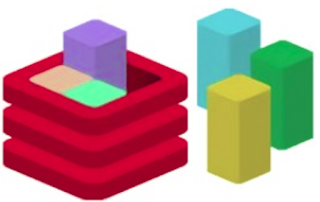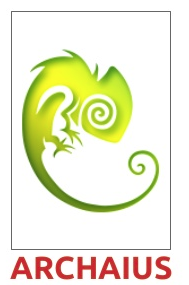DevOps Monolith The term Monolith it's often used in legacy systems or system poorly designed and poorly architected. Microservices are the facto stand architecture when we talk about software. There are lots of companies also doing DevOps Engineering and DevOps per se its related to microservices. Microservices required some infrastructure work like for instance: Provisioning : Install OS system packages, files, scripts. Telemetry : Dashboards and alerts for you microservice eco-system. Testing : Stress Testing, Chaos Testing, Load Testing, etc... Canary : Automated canary analysis, deploy, score, and rollback. Infrastructure work could be more or less depending on your level of abstractions for instance if you are working with bare metal or IaaS you will definitely have more things to get done. However, if you are doing cloud-native microservices using kubernetes or any FaaS stack you might have less work but always well have some infrastructure wor...









